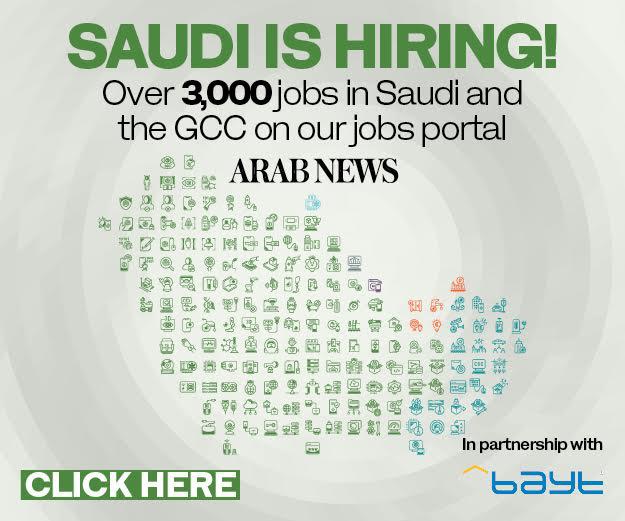Energy and infrastructure are key to AI’s future

https://arab.news/wfya8
At the heart of the artificial intelligence surge is infrastructure. Rapid advances in AI are driving a record-breaking demand for data centers. But a shortage of reliable power is becoming a major bottleneck, sparking a global wave of investment in both energy and digital infrastructure.
Today, AI is increasingly seen not as a passing trend, but as a new essential utility — just like electricity or the internet.
Private markets are riding this wave of optimism. AI-related deals now make up about 3 percent of all transactions, but a hefty 15 percent of total capital invested.
At the same time, venture capitalists are pouring money into AI application platforms at a dizzying pace, showing early signs of a possible investment bubble. Funding for AI platforms has soared to 10 times previous levels, with valuations running five times higher than typical venture capital investments.
For these AI companies, the median funding multiple is about 25 times revenue — and for the top performers, it is as high as 40 times. These eye-watering figures reflect strong expectations for future growth and profits.
Large technology firms have also become ever more intertwined with the global economy, now representing about $15 trillion, or about 15 percent of global gross domestic product.
If momentum continues, this figure could grow to $35 trillion — or even $50 trillion if AI’s influence continues to expand, accounting for about 35 percent of global GDP.
Supporting all this growth requires massive infrastructure expansion. During the original internet boom, the US built about 2 gigawatts of data center capacity over 16 years. In the cloud computing era, this rose to 6 gigawatts.
While the opportunities in AI are huge, building the power and infrastructure needed to support it will be one of the world’s greatest challenges.
Lina Tayara
Today, thanks to AI, the US is adding between 2 to 7 gigawatts of capacity every year — half of it driven by hyperscale companies.
The Middle East, meanwhile, is perfectly placed to capitalize on the AI era, thanks to its affordable, abundant energy.
Global investment firm KKR recently announced a $5 billion investment in Gulf Data Hub, a UAE-based data center company, with 300 megawatts of new capacity aimed at boosting AI growth across the GCC — including a major expansion in Saudi Arabia, unveiled at LEAP.
AI’s hunger for computing power is also fueling massive investments in graphics processing units.
Over the past six to eight years, the size of processor clusters used for AI model training has exploded by 20 to 40 times, leading to the rise of enormous “giga campuses” with up to 1 million processors.
But with all this expansion, two big questions loom. Can the flow of capital keep up? And can infrastructure projects scale fast enough?
KKR points to two global megatrends that could shape the future: An estimated $100 trillion needed for infrastructure investment over the next 15 years, and another $200 trillion required to achieve global net-zero emissions by 2050.
The bottom line: While the opportunities in AI are huge, building the power and infrastructure needed to support it will be one of the world’s greatest challenges.
• Lina Tayara is a consultant in the digital infrastructure industry driving business development, market research and thought leadership on her platform Let’s Talk Tech.



























